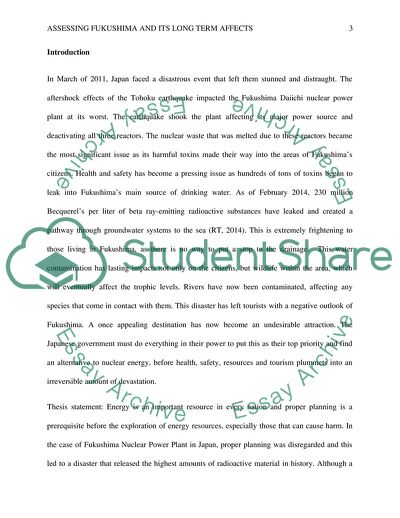Cite this document
(Assessing Fukushima and Its Long Term Affects Research Paper, n.d.)
Assessing Fukushima and Its Long Term Affects Research Paper. https://studentshare.org/environmental-studies/1813916-fukushima-and-its-long-term-effects
Assessing Fukushima and Its Long Term Affects Research Paper. https://studentshare.org/environmental-studies/1813916-fukushima-and-its-long-term-effects
(Assessing Fukushima and Its Long Term Affects Research Paper)
Assessing Fukushima and Its Long Term Affects Research Paper. https://studentshare.org/environmental-studies/1813916-fukushima-and-its-long-term-effects.
Assessing Fukushima and Its Long Term Affects Research Paper. https://studentshare.org/environmental-studies/1813916-fukushima-and-its-long-term-effects.
“Assessing Fukushima and Its Long Term Affects Research Paper”. https://studentshare.org/environmental-studies/1813916-fukushima-and-its-long-term-effects.


